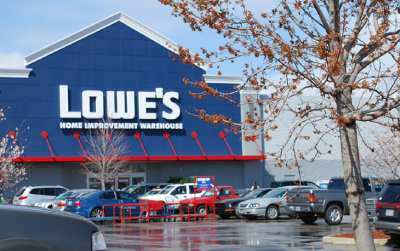If you’re responsible for the safety of your facility’s floors, you already know that slip and fall accidents are a major liability. According to the National Safety Council, slips, trips, and falls are the third leading cause of workplace injuries, resulting in an average of 11 days away from work. But did you know that regular slip resistance testing to the ANSI A326.3 US national standard using a BOT-3000E tribometer can help prevent these accidents and save your facility money in the long run? Here are the top five ways how:
- Identify Slippery Areas
Slip resistance testing can identify areas of your facility that are slippery and prone to slip and fall accidents. By identifying these areas, you can prioritize non-slip treatments and take action to prevent accidents before they happen. This can save your facility money by reducing the likelihood of expensive legal fees and workers’ compensation claims.
- Prioritize Non-Slip Treatments
Once you’ve identified slippery areas in your facility, slip resistance testing can help you prioritize non-slip treatments. Non-slip treatments such as coatings, mats, and footwear can be expensive, but by focusing on the areas that need them the most, you can save money while still maintaining floor safety.
- Measure the Effectiveness of Non-Slip Treatments
Slip resistance testing with the BOT-3000E tribometer can also help you measure the effectiveness of non-slip treatments. By testing the slip resistance of your floors before and after treatment, you can determine if the treatment is effective and make adjustments if necessary. This can save your facility money by avoiding costly treatments that don’t work.
- Avoid Costly Slip and Fall Accidents
Regular slip resistance testing can help prevent costly slip and fall accidents by identifying and addressing slippery areas before accidents happen. Slip and fall accidents can result in expensive legal fees, workers’ compensation claims, and lost productivity. By investing in slip resistance testing and non-slip treatments, you can save your facility money in the long run.
- Stay Compliant with ANSI A326.3
Regular slip resistance testing to the ANSI A326.3 US national standard is not only important for floor safety, but it’s also a requirement for many industries. Staying compliant with ANSI A326.3 can help you avoid fines and legal fees that can be costly for your facility.
In conclusion, slip resistance testing to the ANSI A326.3 US national standard using a BOT-3000E tribometer is an effective way to save money on floor safety and slip and fall prevention. By identifying slippery areas, prioritizing non-slip treatments, measuring the effectiveness of treatments, avoiding costly slip and fall accidents, and staying compliant with ANSI A326.3, your facility can save money while maintaining a safe and productive work environment.
Get connected to a Walkway Management Group floor safety specialist today.
Call: +1-866-964-9255
Email: info@walkwaymg.com

















